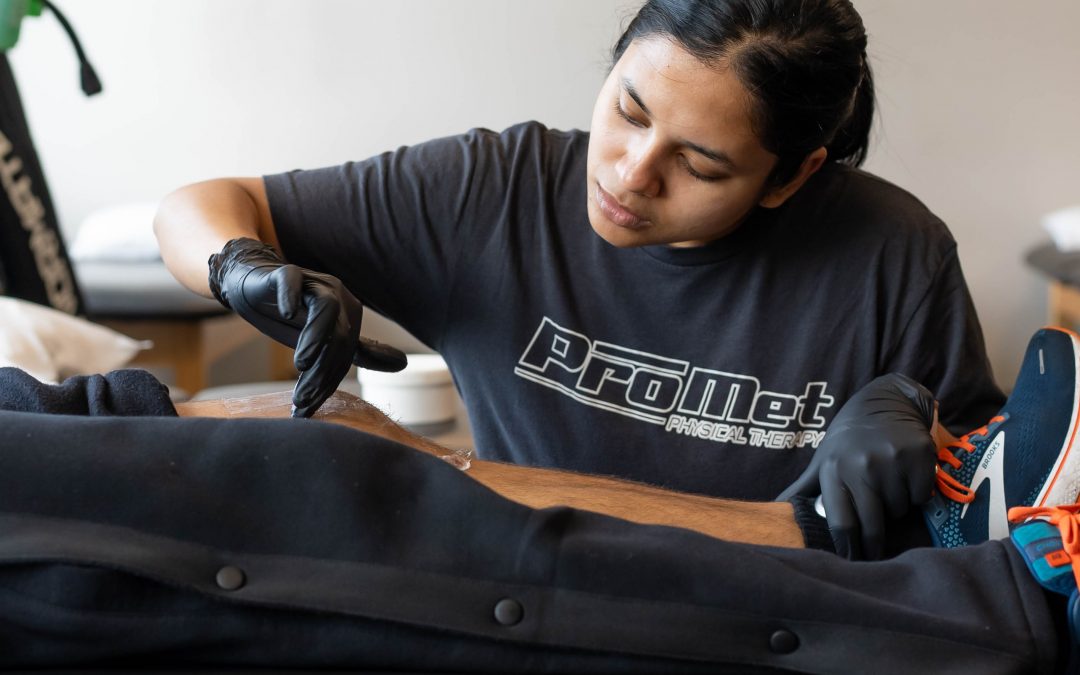Everyone’s Body Is Different
How prepared is your body for the demands of running? How well does your body match the requirements for running? How well does your body manage the forces going through your muscles, tendons, and bones with every step you run?
While there are a host of “runner-specific” exercises designed to help you become stronger as a runner, not all of them can be truly productive specifically for you. Everyone’s body is different which means that each prescribed movement is designated to improve on either a strength or a weakness or to provide an additional element to improve your overall movement quality and control.
Through simple tests of movement, we can uncover a basic profile of your overall movement quality. We reflect on this profile and assess what kinds of exercises must be emphasized or de-emphasized when designing your program.
In addition to other aspects of your body, we assess areas such as:
- Balance
Even though running is a dynamic sport involving constant movement, assessing your single leg balance is a foundational element of movement control. We want to know how stable your body is over one leg. If it’s not stable when just standing on one leg, how can the same leg push out the same amount of force repetitively efficiently?

- Mobility
Running does not require a significant portion of mobility compared to other sports, such as gymnastics, but it is still an important foundational block for us to assess. An office worker who spends many hours sitting down in front of a desk may need much more emphasis on hip mobility than an electrical technician who works in different positions throughout the day.
Assessing your mobility allows us to peer into the relationships between your different body parts, rather than simply assessing whether you have tight hamstrings or not.

- Pelvic Stability
A common belief is that having a strong trunk alone will result in optimal stability, but this is not the case anymore. We need to look further down the chain – the pelvis – which serves as the foundation of the body. The pelvis supports the trunk from a foundational point of view – we want to know how secure this foundation is.
A strong core can help contribute to your overall stability, but the human body works as a team. We want to help you understand the relationship between your trunk and pelvis, and how they work together as a unit to help you run.

Unraveling these ROOT causes is the heart of physical therapy. It can certainly be difficult and complicated for runners attempting to diagnose these things themselves without a trained eye.
If you find yourself constantly injured… constantly facing interruptions to your running… going through the struggles of having to stop running… then restart… then stop running again… and going through that mental frustration… We can help you stop the cycle. Even if you aren’t injured, and you want a trained eye to help improve your running efficiency to get you to that next PR, we can help.
Much like the universal concept of a chain and improving the strength of each link within the chain, improving your running form helps you recover from injury…
- which helps you stay healthy…
- which keeps you running…
- which improves your mindset….
- towards ultimately reaching your goals…
We invite you to stop by any of your clinics – in Glendale, Briarwood, or Manhasset. We look forward to meeting you!




